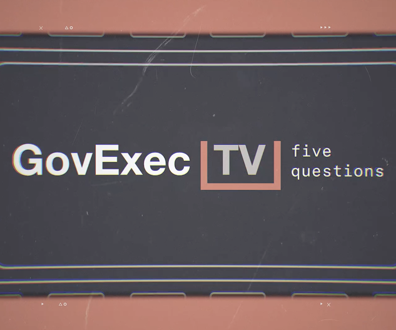Don’t you hate it when you get an email or other correspondence that starts out, “This is a friendly reminder…”? It usually means you’re close to your credit limit or your payment hasn’t arrived on time.
If you are a recent retiree, you may wish you could send the Office of Personnel Management a friendly reminder that you need your first retirement check to pay your monthly bills and you’d like what you’re entitled to, not some lesser “interim” amount. Unfortunately, the reality is that it can take OPM five to eight months to process your retirement application, and in the interim you may receive only partial payments. (Here’s more information from OPM.)
You can check here to see the current status of the retirement processing backlog. OPM receives more new claims in January than any other month, because employees like to take advantage of accumulating a large sum of annual leave by retiring at or near the end of the “leave year.” So there are a lot of new retirees right now.
To Do
Although there isn’t much recent retirees can do about the claims backlog, there are a few things that they can do to be sure your employee benefits continue while you’re awaiting final processing of your retirement. Here are a few things to be aware of:
Federal Employees Dental and Vision Insurance Program. Be sure to contact BENEFEDS, which runs the program, when you retire if you carry supplemental dental or vision coverage. You’ll need to pay the premiums for this coverage until your retirement claim is finalized. Here’s more information.
Federal Long-Term Care Insurance Program. Your premiums will not be deducted from your retirement while you are receiving interim retirement payments from OPM. Here's more information on cost and payment options.
Medicare. If you’re over 65, now might be a good time to enroll. You may have already enrolled in Medicare Part A in your initial enrollment period, which started three months before you turned 65 and lasted for seven months. There is also a special enrollment period that lasts for eight months following your retirement. During this time, you can enroll in Medicare Part B without a late enrollment surcharge as long as you were covered by health insurance that was deducted from a current employee’s salary (yours or your spouse’s). Here’s more information. If you are planning to enroll in Part B, you may be able to change your federal health plan to complement your Medicare coverage. You may change your FEHB enrollment to any available plan or option at any time beginning 30 days before you become eligible for Medicare, but you may only use this enrollment change opportunity once.
Social Security. If you’re between 62 and 66, and are eligible for Social Security retirement benefits, you may wish to contact the Social Security Administration to apply. If you are under your full retirement age, there is an earnings limit that will cause your Social Security benefit to be reduced by $1 for every $2 that you earn over the annual limit ($15,120 in 2013). Certain types of income, such as lump sum payments for annual leave, federal retirement benefits and withdrawals from the Thrift Savings Plan, do not count against this limit. (You may need to have your payroll office submit form SSA-131 to let Social Security know your lump sum payment for annual leave is not a regular paycheck.)
TSP Timing: Some new retirees decide to take a distribution from their TSP account after retirement and will need information on withdrawal options as well as tax information regarding those payments. The TSP offers a set of important important resources to guide you.
I hope you enjoy a long and healthy life after retirement that will be as rewarding and productive as your federal career has been. Best wishes to the 2012 (and 2013) retirees!
NEXT STORY: Senate approves debt ceiling suspension







